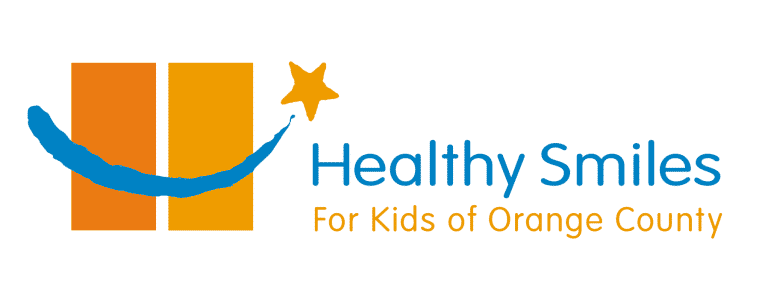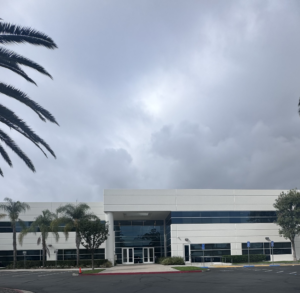Special Service Descriptions, Benefits, and Risks
What it is:
Medication is used to numb the area of the mouth receiving dental treatment. Patient remains conscious and responsive to commands.
Benefits:
Pain is lessened or eliminated during dental treatment.
Risks include:
Infection, swelling, allergic reactions, headache, tenderness at the needle site, dizziness, nausea, vomiting, biting of the cheek, lip, or tongue. It is normal for the numbness to take time to wear off after treatment, usually 2 or 3 hours.
What it is:
A mild form of conscious sedation that is used to calm an anxious patient. It is a colorless, odorless gas that has no explosive or flammable properties, and acts as a pain buffer as well. Oxygen and nitrous oxide are given simultaneously through a small mask placed over the nose. At the end of treatment, pure oxygen is given to flush the nitrous oxide out of the patient’s system and minimize the effects. The patient is observed from the time the nitrous is administered until the patient has recovered fully from the effects.
Benefits:
The patient remains awake and can respond to directions and questions. Nitrous oxide helps overcome apprehension, anxiety, and fear.
Risks include:
Inability to perceive spatial orientation, temporary numbness, tingling, nausea, and vomiting. If a patient will not accept the mask, nitrous oxide cannot be used.
What it is:
Sedation that is orally delivered in the form of syrup. It is a controlled, minimally depressed level of consciousness that allows the patient to breathe independently and continuously respond to physical stimulation and verbal commands. During treatment, nitrous oxide is also used, and your child will be placed in a soft restraint (Papoose Board).
Benefits:
Pain is lessened or eliminated during dental treatment. Stress, anxiety, and memory of the treatment are greatly reduced.
Risks include:
Dizziness, nausea, and vomiting. Adverse reactions to medication, including allergic and life-threatening reactions are possible, but rare. Complications may require hospitalization or even result in brain damage or death. With any patient, reflexes are delayed.
What it is:
A controlled, drug-induced depression of consciousness from which the patient is not easily aroused, which may be accompanied by a partial or complete loss of protective reflexes, including the inability to maintain an open airway independently, but can still respond purposefully to physical stimulation and verbal commands.
Benefits:
Pain is lessened or eliminated during the dental treatment. Stress, anxiety, and memory of the treatment are greatly reduced.
Risks include:
Infection, swelling, discoloration, bruising, and tenderness at the needle site. Dizziness, nausea, and vomiting may occur. Adverse reactions to medication including allergic and life-threatening reactions are possible, but rare. Complications may require hospitalization or even result in brain damage or death.
What it is:
A controlled, drug-induced loss of consciousness during which patients do not respond to painful stimuli. Ventilatory function is impaired which require assistance in maintaining a patient airway.
Benefits:
Pain is eliminated and the patient has no recall of the surgical procedure.
Risks include:
Infection, swelling, discoloration, bruising, and tenderness at the needle site. Dizziness, nausea, and vomiting may occur. Adverse reactions to medication including allergic and life-threatening reactions are possible, but rare. Complications may require hospitalization or even result in brain damage or death.
Children with Special Needs
Children who have a physical, developmental, mental, behavioral, cognitive, or a limiting condition that requires medical management and specialized services receive the care they need at Healthy Smiles. Our staff is properly trained to care for children with special needs and is committed to providing the best dental care for all children.



